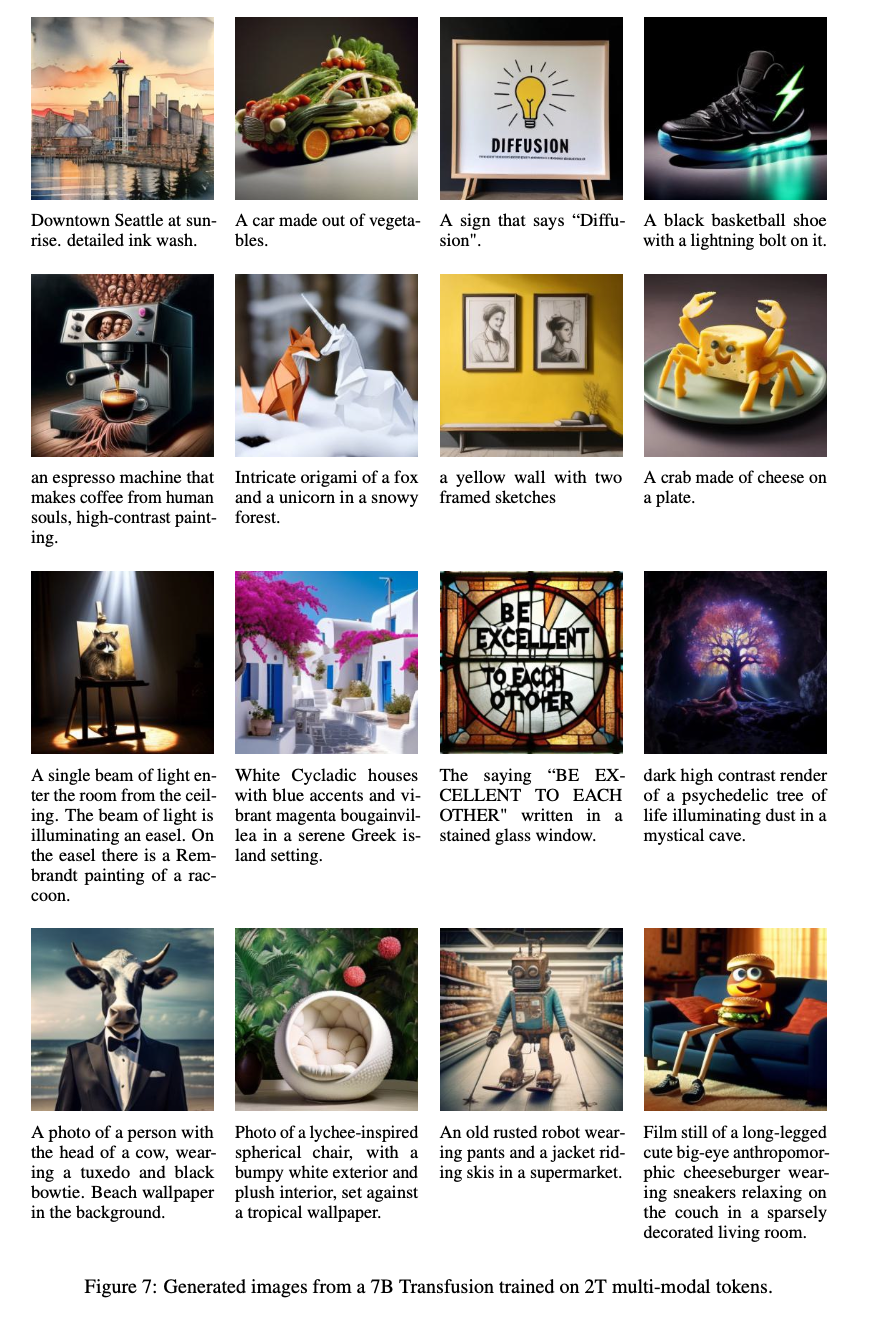The field of video generation has seen remarkable progress with the advent of diffusion transformer (DiT) models, which have demonstrated superior quality compared to traditional convolutional neural network approaches. However, this improved quality comes at a significant cost in terms of computational resources and inference time, limiting the practical applications of these models. In response to this challenge, researchers have developed a new method called Pyramid Attention Broadcast (PAB) to achieve high-quality video generation in real-time without compromising output quality.
Current acceleration methods for diffusion models typically focus on reducing sampling steps or optimizing network architectures. However, these approaches often require additional training or compromise the quality of the results. Some recent techniques have revisited the concept of caching to accelerate diffusion models. Still, these methods are primarily designed for image generation or convolutional architectures, making them less suitable for video DiTs. The unique challenges posed by video generation, including the need for temporal coherence and the interaction of multiple attention mechanisms, require a new approach.
PAB addresses these challenges by targeting redundancy in attention computations during diffusion. The method is based on a key observation: attention differences between adjacent diffusion steps exhibit a U-shaped pattern, with significant stability in the middle 70% of steps. This indicates considerable redundancy in attention computations, which PAB leverages to improve efficiency.
The pyramidal attention diffusion method identifies the stable middle segment of the diffusion process where attention results show minimal differences between steps. It then spreads attention results from certain steps to subsequent steps within this stable segment, eliminating the need for redundant computations. PAB applies varied diffusion ranges for different types of attention based on their stability and differences. Spatial attention, which varies the most due to high-frequency visual elements, receives the smallest diffusion range. Temporal attention, which shows mid-frequency variations related to motions, gets a middle range. Cross-attention, which is the most stable as it links text with video content, receives the largest diffusion range. Furthermore, the researchers introduce a parallel diffusion sequence technique for more efficient distributed inference. This approach significantly reduces generation time and has lower communication costs compared to existing parallelization methods. By leveraging the unique features of PAB, diffusion sequence parallelism enables more efficient and scalable distributed inference for real-time video generation.
PAB demonstrates superior results on three state-of-the-art DiT-based video generation models: Open-Sora, Open-Sora-Plan, and Latte. The method achieves real-time generation of videos up to 720p resolution, with speedups of up to 10.5x compared to baseline methods. Importantly, PAB maintains output quality while significantly reducing computational costs. The researchers’ experiments show that PAB consistently delivers excellent and stable speedups on these popular open-source video DiTs. The Pyramid Attention Broadcast method achieves remarkable speedups without sacrificing output quality by identifying and exploiting redundancies in the attention mechanism. The method’s ability to achieve real-time generation rates of up to 20.6 FPS for high-resolution videos opens up new possibilities for practical ai video generation applications. What sets PAB apart is its training-free nature, making it immediately applicable to existing models without the need for resource-intensive fine-tuning.
The development of PAB addresses a critical hurdle in DiT-based video generation, potentially accelerating the adoption of these models in real-world scenarios where speed is crucial. As the demand for high-quality ai-generated video content continues to grow across industries, techniques such as PAB will play a vital role in making these technologies more accessible and practical for everyday use. The researchers anticipate that their simple yet effective method will serve as a solid foundation and facilitate future research and application for video generation, paving the way for more efficient and versatile ai-powered video creation tools.

Take a look at the Paper and ai-Lab/VideoSys” target=”_blank” rel=”noreferrer noopener”>GitHub. All credit for this research goes to the researchers of this project. Also, don't forget to follow us on twitter.com/Marktechpost”>twitter and join our Telegram Channel and LinkedIn GrAbove!. If you like our work, you will love our fact sheet..
Don't forget to join our SubReddit of over 50,000 ml
Find upcoming ai webinars here
Shreya Maji is a Consulting Intern at MarktechPost. She pursued her Bachelors from the Indian Institute of technology (IIT) in Bhubaneswar. She is an ai enthusiast and likes to keep herself updated with the latest developments. Shreya is particularly interested in real-world applications of cutting-edge technology, especially in the field of data science.
<script async src="//platform.twitter.com/widgets.js” charset=”utf-8″>
 NEWSLETTER
NEWSLETTER




